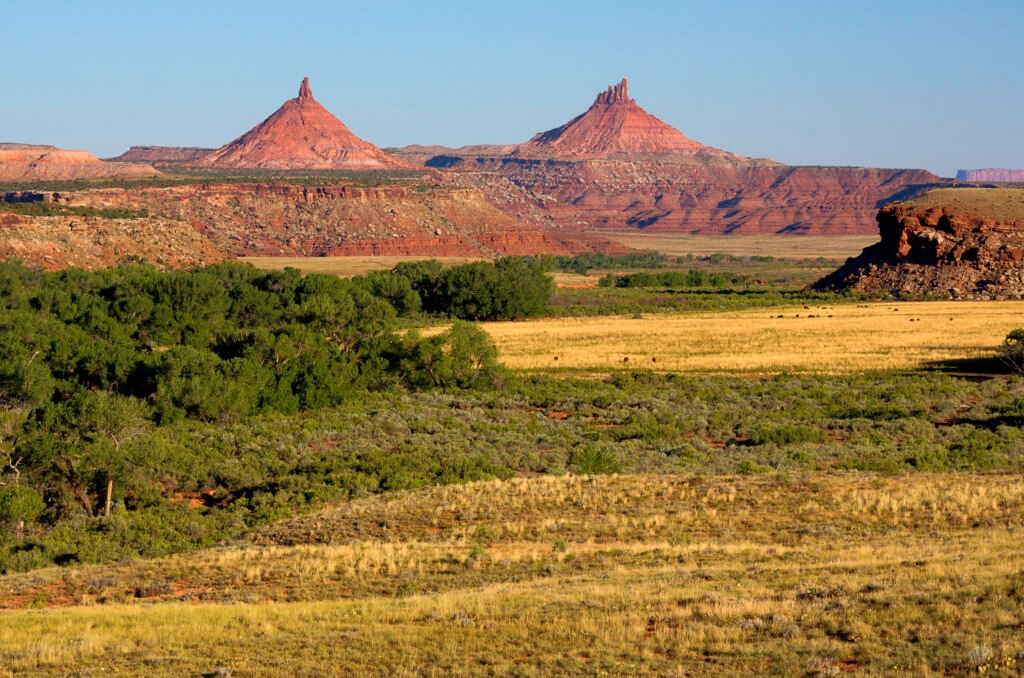A red rock wilderness stretches for miles beneath an endless sky, where ancient cliff dwellings cling to canyon walls and mysterious stone spires rise like sentinels. This is Bears Ears National Monument, a landscape that pulses with stories older than history itself. For Native American tribes, these lands are sacred—woven with memories, rituals, and ancestral spirits. Yet, in recent years, this awe-inspiring monument has become a battleground, not just for preservationists and politicians, but for the very soul of America’s relationship with its wild places. What is it about Bears Ears that stirs such fierce devotion and heated debate? Let’s journey into the heart of a place where nature, culture, and controversy collide.
The Land of Bears Ears: A Landscape Like No Other

Bears Ears National Monument spans over a million acres in southeastern Utah, a tapestry of mesas, canyons, forests, and sandstone towers. The monument takes its name from two prominent buttes that resemble the ears of a bear, standing as guardians over a vast and rugged expanse. Here, piñon and juniper forests give way to sweeping vistas, and the silence is broken only by the wind or the cry of a raven. The landscape is alive with color, from the deep reds of the rocks to the bright green of springtime cottonwoods. Every turn reveals another breathtaking view, whether it’s a hidden alcove, a rock art panel, or a prehistoric ruin. For many, Bears Ears is not just a beautiful place—it’s a living museum and an irreplaceable treasure.
Ancient Footprints: Archaeological Wonders
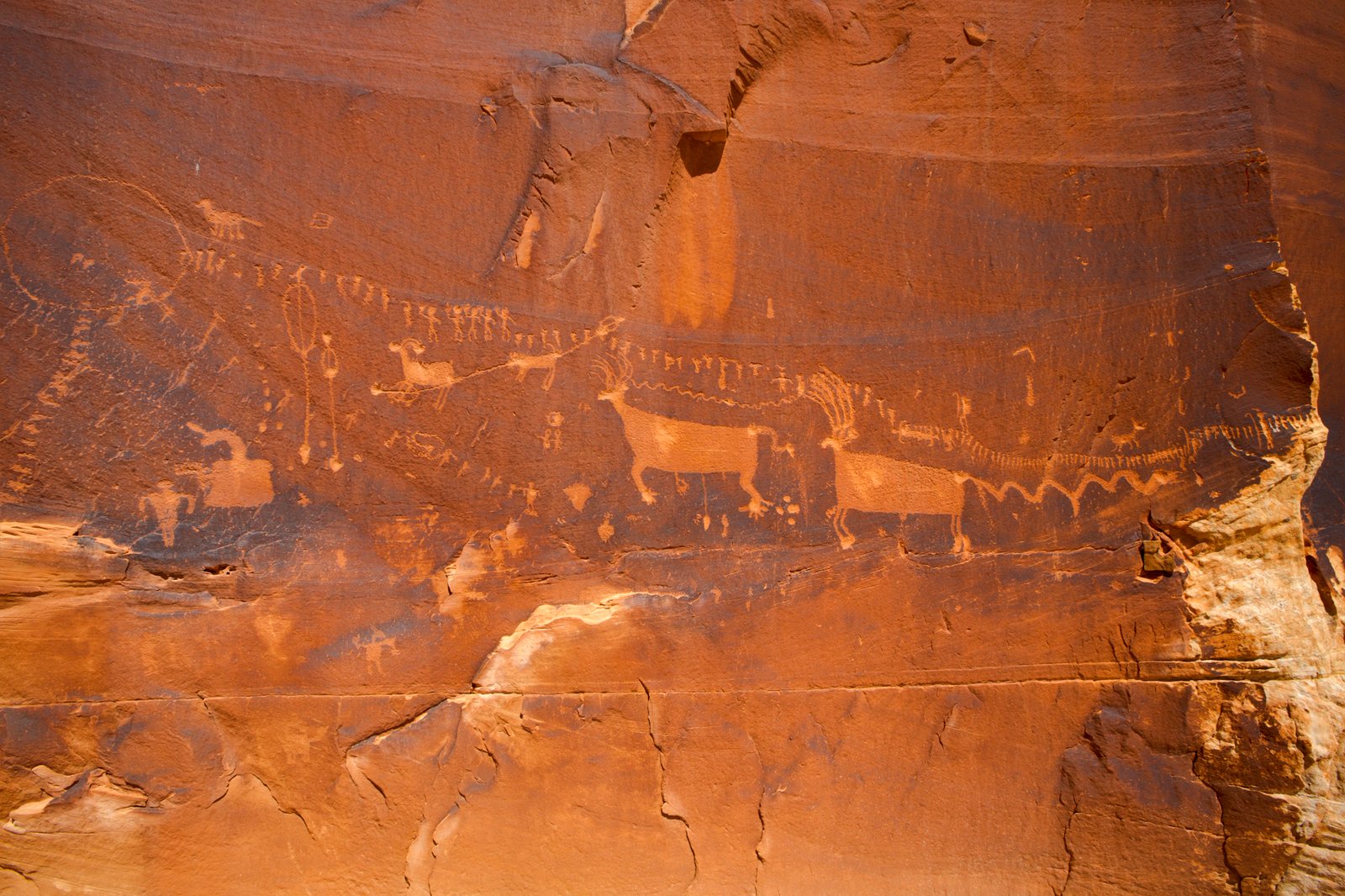
Bears Ears holds some of the richest archaeological sites in North America, with evidence of human presence stretching back more than 13,000 years. Scattered across the monument are thousands of ancient dwellings, granaries, and ceremonial structures built by Ancestral Puebloans, Fremont peoples, and other groups. Petroglyphs and pictographs decorate canyon walls, telling stories that defy the passage of time. Archaeologists have uncovered artifacts ranging from stone tools to intricately woven baskets, each one a window into a vanished world. Yet these sites are fragile—vulnerable to erosion, looting, and vandalism. The scientific value of Bears Ears is immense, offering clues about climate change, migration, and the rise and fall of ancient civilizations.
Sacred Ground: Spiritual Ties to Native Tribes
For the Navajo Nation, Hopi, Ute Mountain Ute, Zuni, and Ute Indian Tribe, Bears Ears is not just a place of history—it is a living, breathing part of their culture. Traditional songs, prayers, and ceremonies are intertwined with the land. Elders speak of sacred springs, healing plants, and sites where ancestors walked. Pilgrimages to Bears Ears are acts of reverence, connecting generations across time. These tribes see themselves as stewards of the land, with a responsibility to protect its spiritual and cultural integrity. The monument is a sanctuary where traditions endure, and where the ancient voices of the earth are still heard.
The Fight for Recognition: Tribal Leadership and Advocacy
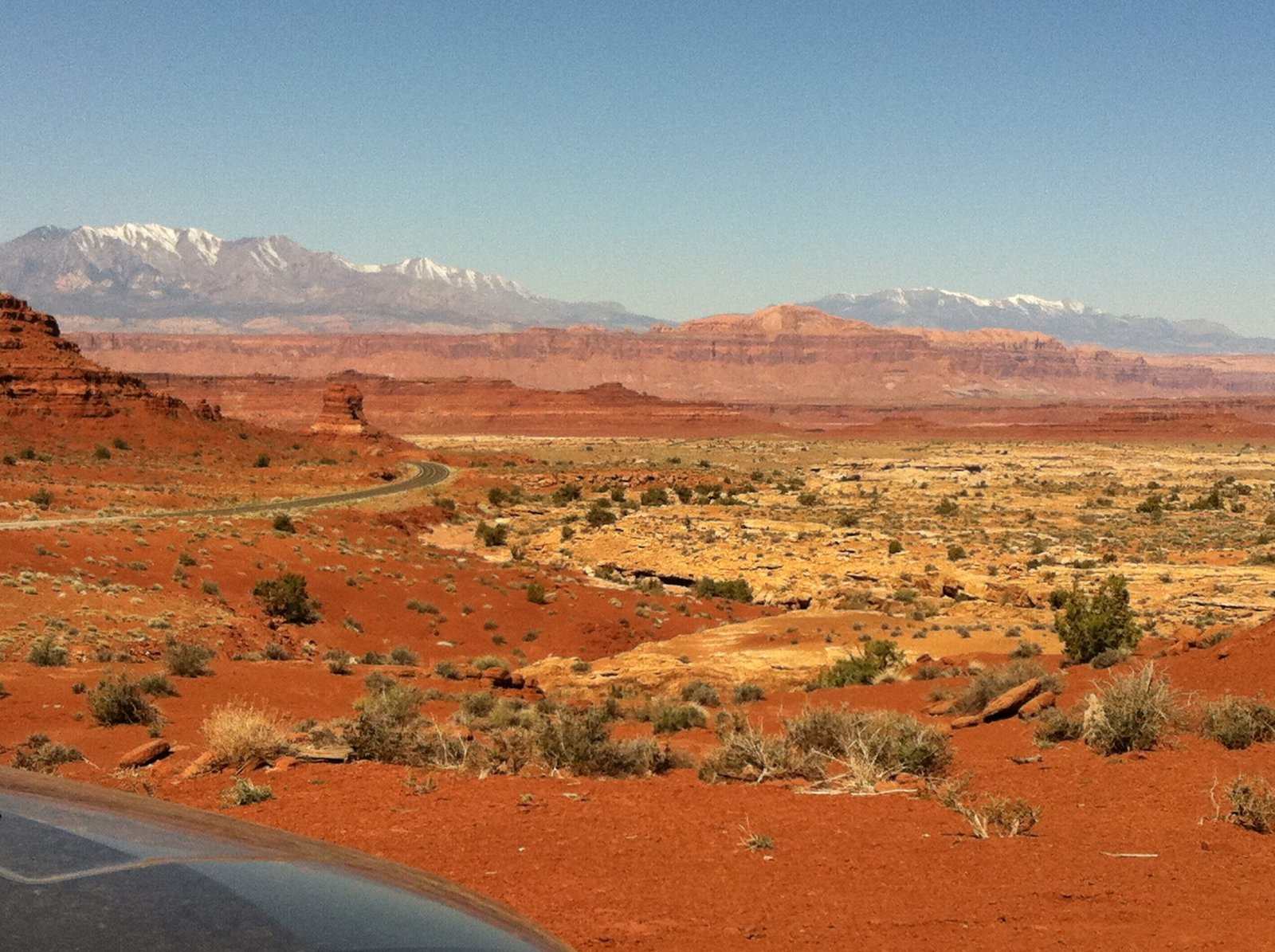
In a historic move, a coalition of five tribes came together to advocate for the creation of Bears Ears National Monument. Their leadership was unprecedented, uniting diverse traditions behind a common cause. Tribal representatives traveled to Washington, D.C., testified before Congress, and worked tirelessly to make their voices heard. Their request was simple but profound: protect the land that sustains our culture and our people. The 2016 designation of the monument marked a milestone in tribal sovereignty, recognizing for the first time a formal role for tribes in managing public lands. This victory, however, would soon be tested by shifting political winds.
Bureaucratic Battles: Politics and Policy Shifts
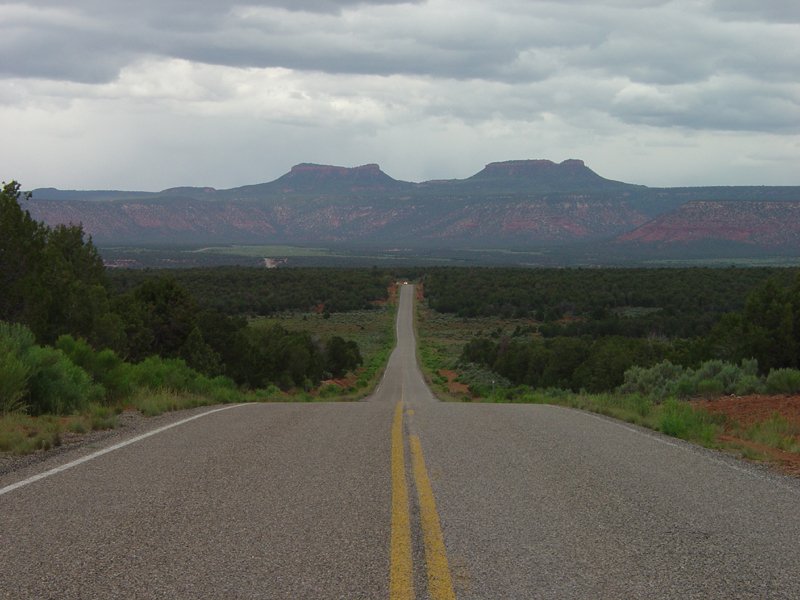
The status of Bears Ears has swung dramatically with changes in the White House. In 2017, the monument was drastically reduced in size by presidential order, igniting protests and lawsuits. Conservationists, tribal leaders, and scientists decried the move as a threat to irreplaceable resources and a setback for tribal rights. Subsequent administrations have sought to restore and expand protections, turning Bears Ears into a symbol of America’s divided approach to public lands. Each policy shift brings uncertainty, leaving the future of the monument hanging in the balance. The bureaucratic battle over Bears Ears is about more than lines on a map—it’s a contest over values, history, and identity.
Wildlife and Biodiversity: A Refuge for Life
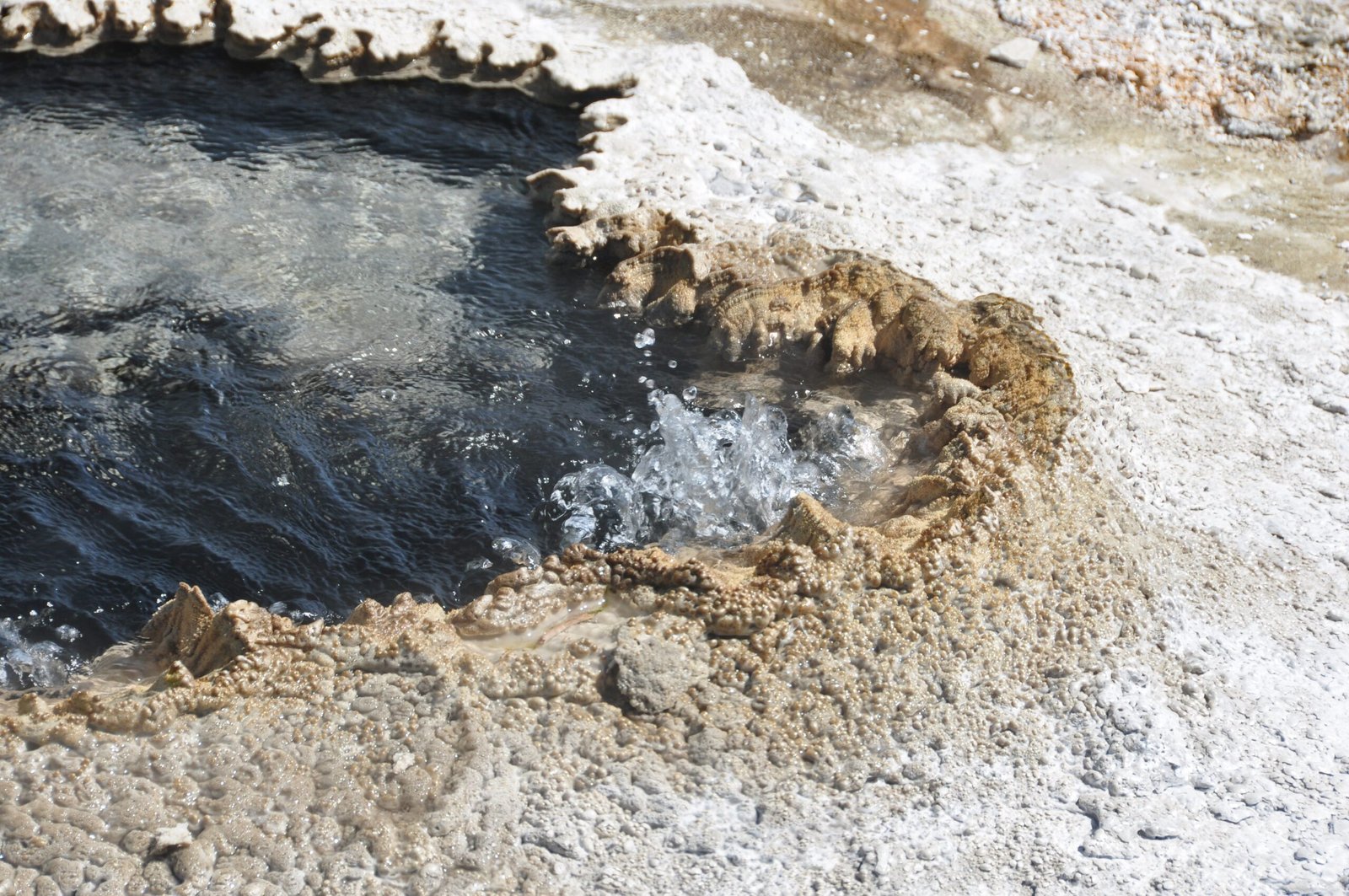
Bears Ears is home to a spectacular array of plants and animals, many of them rare or threatened. Mule deer, mountain lions, and black bears roam the forests and canyons, while golden eagles soar overhead. The monument shelters ancient stands of ponderosa pine and aspen, as well as delicate wildflowers that bloom in hidden meadows. Springs and streams provide oases for amphibians and songbirds. Scientists have identified unique species found nowhere else on earth, thanks to the monument’s diverse habitats and microclimates. Protecting Bears Ears means safeguarding a web of life that is as fragile as it is wondrous.
Geological Marvels: Time Written in Stone

The geology of Bears Ears is a storybook written in stone, recording hundreds of millions of years of earth’s history. Layer upon layer of sandstone, shale, and limestone tell of ancient seas, shifting deserts, and volcanic upheavals. Erosion has carved spectacular formations—arches, towers, and hoodoos—that seem almost otherworldly. Fossils embedded in the rock reveal the remains of long-extinct creatures, offering glimpses into distant epochs. For geologists and casual visitors alike, Bears Ears is a place to marvel at the slow, relentless artistry of nature.
Threats on the Horizon: Looting, Vandalism, and Extraction

Despite its protected status, Bears Ears faces ongoing threats from illegal activities and resource extraction. Looters have stolen priceless artifacts, leaving scars that can never be healed. Vandalism—graffiti, trash, and reckless off-roading—damage both the environment and the sacred sites. There is also pressure to open parts of the monument to uranium mining, oil and gas drilling, and other forms of development. These activities risk harming wildlife, polluting water, and destroying the fragile beauty that makes Bears Ears unique. The struggle to defend the monument is a constant, urgent challenge.
Scientific Research: Unlocking Mysteries Old and New
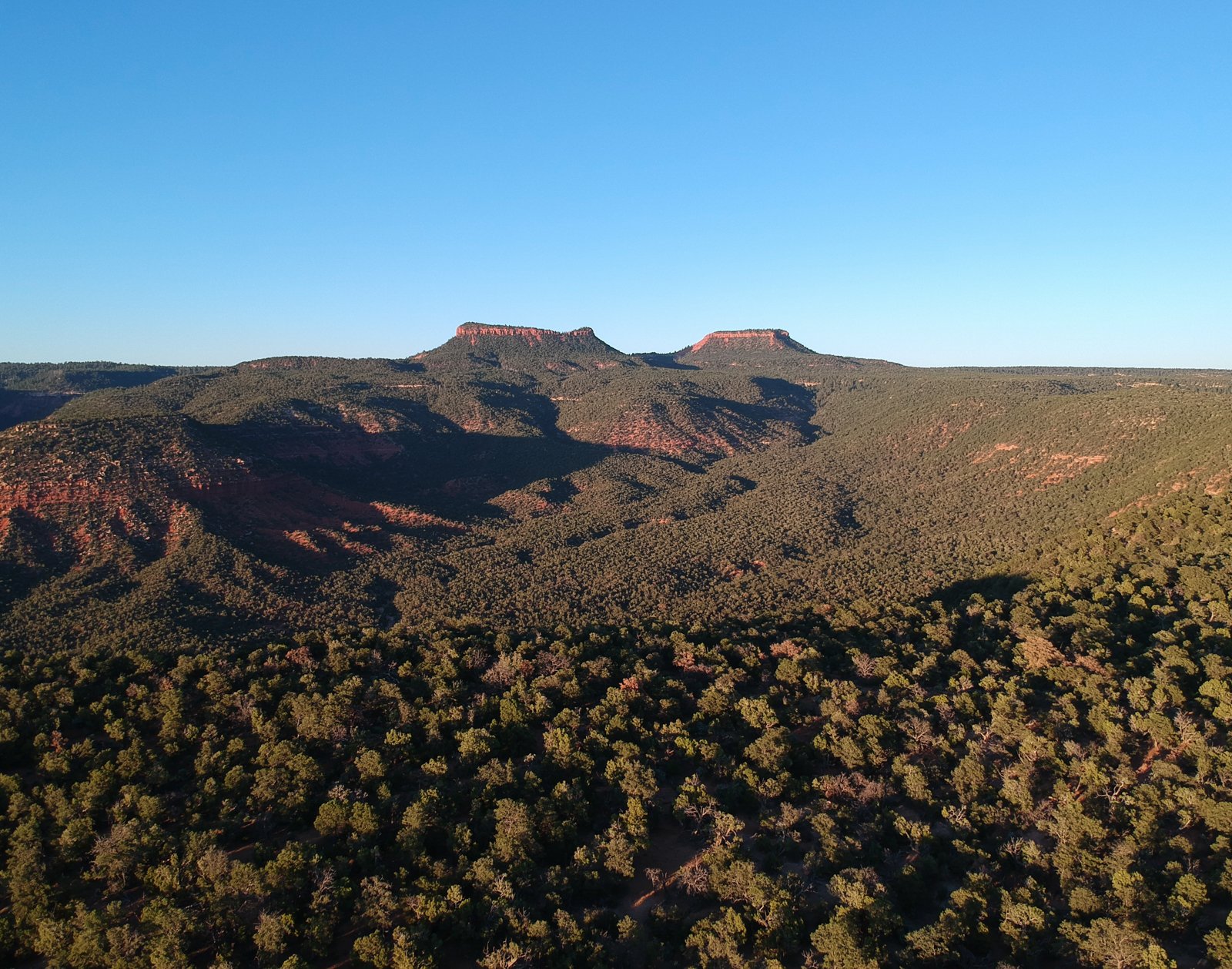
Bears Ears is a living laboratory for scientists studying everything from archaeology to climate change. Researchers use advanced technologies—such as drones and lidar mapping—to document sites and monitor environmental changes. Paleontologists are uncovering new fossil species, while botanists catalog rare plants that may hold medicinal secrets. The monument’s diverse ecosystems also offer insights into adaptation and resilience, teaching us how life endures in a changing world. Every scientific discovery adds another layer to the story of Bears Ears, deepening our understanding and appreciation.
Public Access and Outdoor Adventure
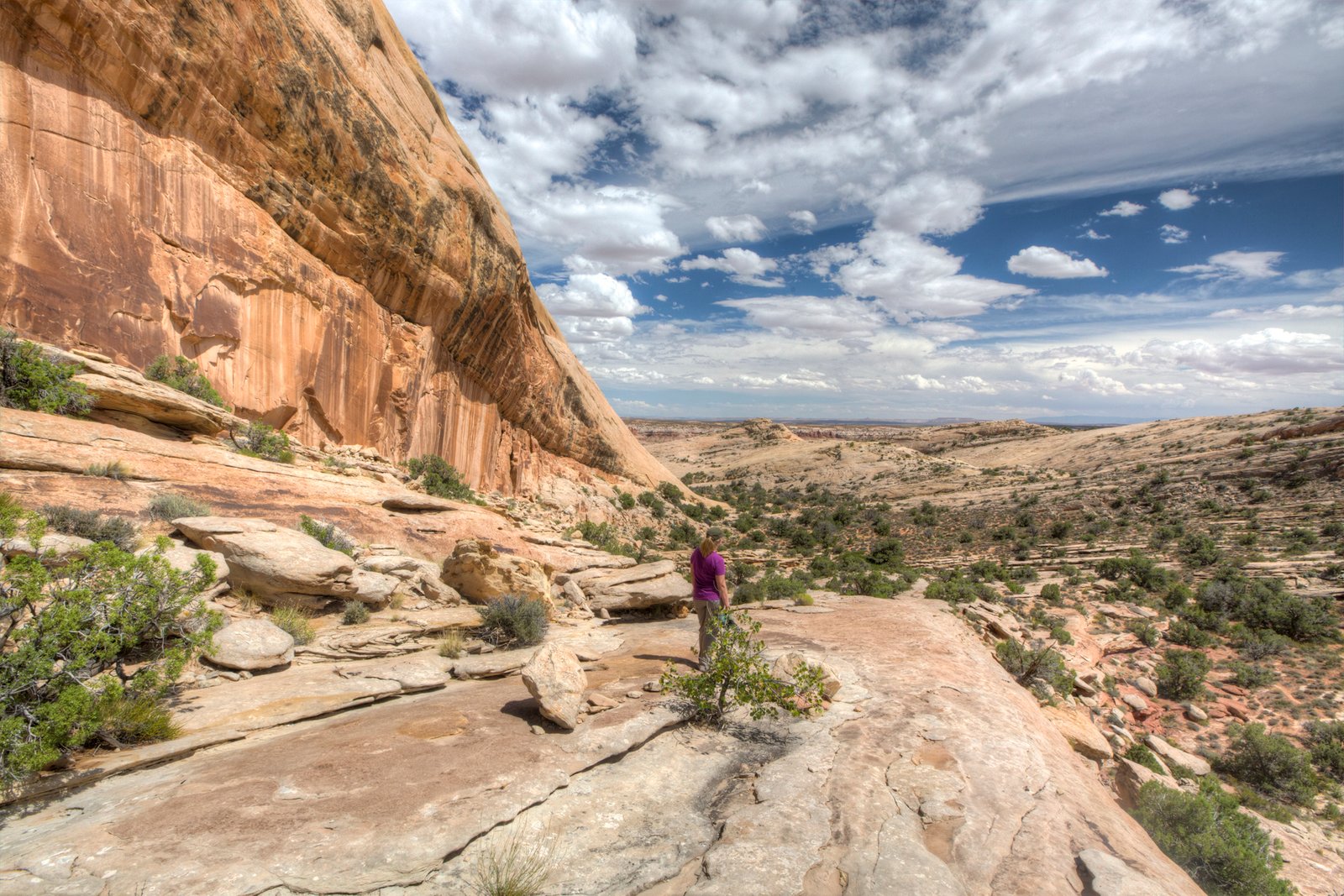
Bears Ears draws adventurers and nature lovers from around the world. Hikers explore twisting canyons, climbers scale sheer cliffs, and campers find solitude beneath star-filled skies. The monument offers opportunities for birdwatching, photography, and cultural tours that bring visitors face-to-face with ancient wonders. Yet, with increased access comes responsibility—recreation must be balanced with respect for sacred sites and fragile ecosystems. Responsible tourism can foster appreciation, but it also requires awareness and a gentle touch.
The Road Ahead: A Test of National Values
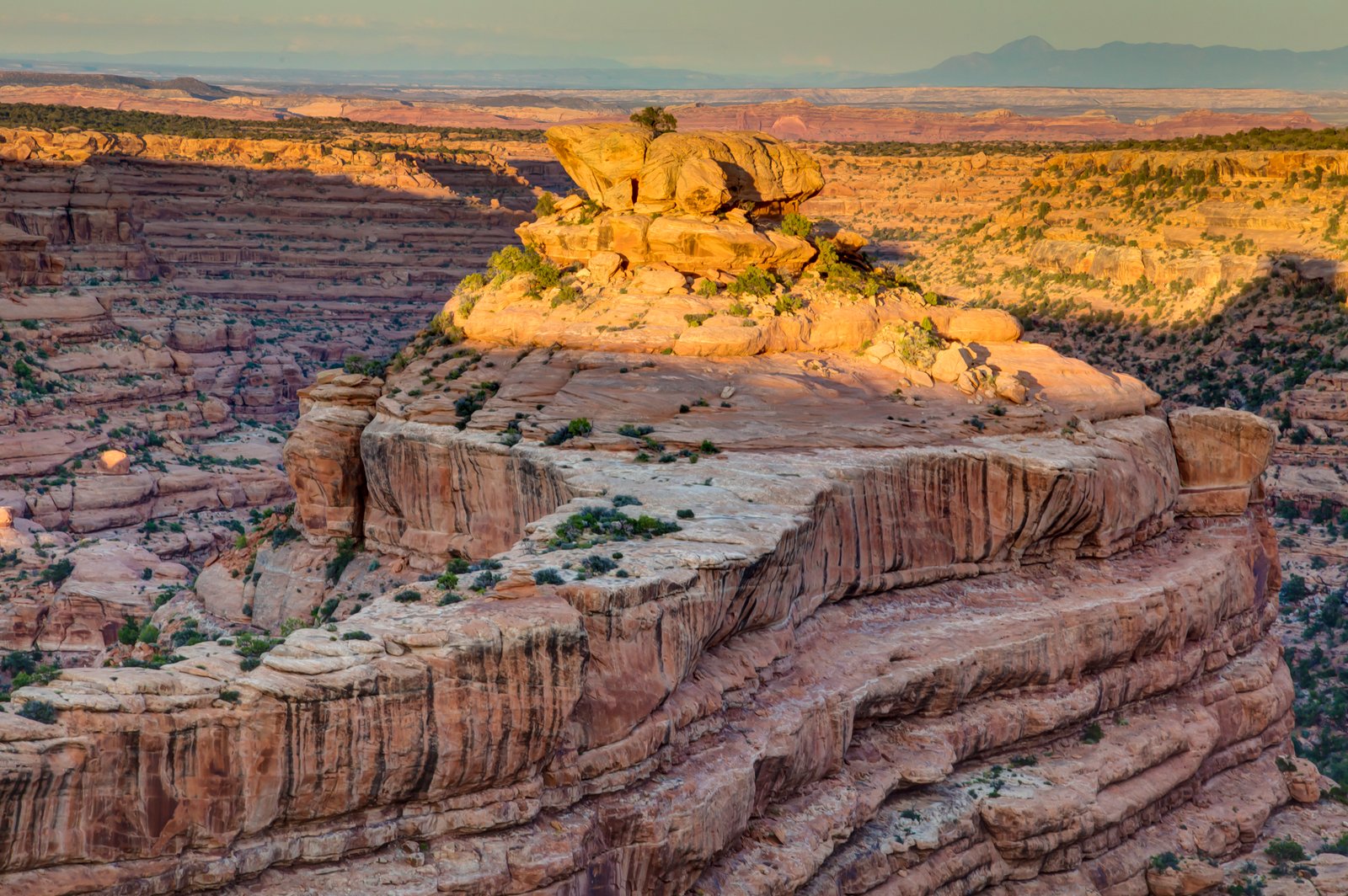
The future of Bears Ears will be shaped by choices made today. Will we honor the wisdom of tribal elders and protect these lands for generations to come? Or will short-term interests and political battles decide its fate? Bears Ears stands as a test for America—a measure of our commitment to heritage, nature, and justice. The monument’s fate is more than a local issue; it’s a question for us all: What do we value, and what are we willing to protect?

